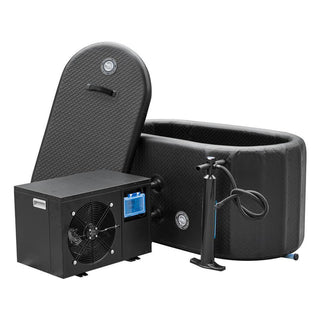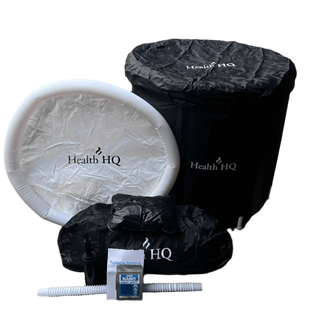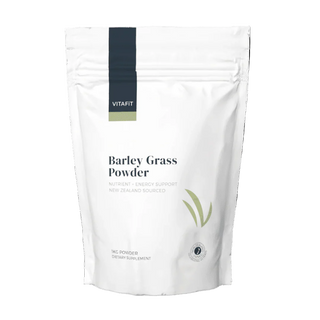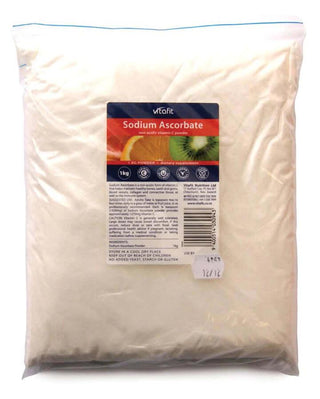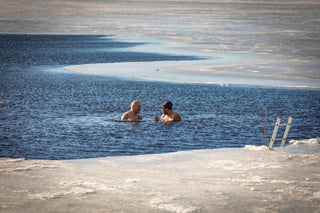Stop Guessing: Discover the Exact Number of Ice Baths to Skyrocket Recovery
Optimizing recovery is just as important as the training itself—and ice baths (cold plunges) are one of the most effective tools in your arsenal. But how often should you take the plunge to maximize benefits without hampering adaptation? In this guide, you’ll discover the science-backed sweet spot for cold-water recovery, so you can plan your routine with confidence.
What Is an Ice Bath or Cold Plunge?
An ice bath (cold plunge) involves immersing your body—typically up to the waist or chest—in water between 10°C and 15°C (50°F–59°F) for 5–15 minutes.
It triggers vasoconstriction followed by a rebound circulation, helping to reduce inflammation and speed recovery.
Why Use Ice Baths in Your Training?
Ice baths offer rapid relief from muscle micro-damage, decrease perceived soreness, and may sharpen mental focus by exposing you to controlled stress.
They’re a cornerstone of recovery protocols for strength athletes, endurance competitors, and team-sport players alike.
How Often Should You Take Ice Baths?
For most athletes, 2–4 sessions per week strikes the balance between boosting recovery and preserving training adaptations.
Short, regular cold plunges accelerate muscle repair without overly blunting the inflammatory processes needed for strength and endurance gains.
Factors That Influence Optimal Frequency
- Training Load: Heavy lifting days or high-mileage runs may warrant more frequent plunges.
- Goals: If strength or hypertrophy is your priority, limit to 2–3 times weekly to avoid dampening muscle growth signals.
- Recovery Capacity: Novices may need fewer sessions (1–2×/week) as their bodies adapt.
- Existing Fatigue: In a deload or taper week, you can increase frequency without risking under-recovery.
Sample Weekly Protocols
- Strength Training Block
- Mon: Heavy Squats → Cold Plunge
- Wed: Power Session → No Plunge
- Fri: Deadlifts → Cold Plunge
- Sun: Active Recovery → Optional Light Plunge
- Endurance Training Block
- Tue: Long Run → Cold Plunge
- Thu: Interval Session → Cold Plunge
- Sat: Tempo Run → No Plunge
- Rest Days: 1–2 Light Plunges
- Team-Sport Schedule
- After Each Game (Sat/Sun): Cold Plunge
- Midweek Practice: 1 Plunge on heavy-hitting days
Risks of Overdoing It
- Blunted Adaptation: Excessive cold exposure can impair muscle hypertrophy and mitochondrial signalling.
- Chill Injuries: Nerve irritation or localized numbness from overly long sessions.
- Immune Suppression: Very frequent plunges may stress your system if you’re already fighting illness.
Best Practices for Cold Plunge Sessions
- Time It Right
- Aim for 10 minutes post-training, once core temperature begins to normalize.
- Control Your Breathing
- Practice slow, diaphragmatic breaths to manage the cold shock response.
- Monitor Skin and Core
- Exit immediately upon excessive shivering or numbness.
- Warm Up Gradually
- Follow with dynamic movement or a warm shower—avoid abrupt heat.
- Stay Consistent
- Regular plunges yield better recovery adaptations than sporadic extremes.
Incorporating ice baths into your training regimen can be a game-changer—provided you dose them wisely. Aim for 2–4 cold plunge sessions per week, adjust based on workout intensity, and always listen to your body. With the right frequency, you’ll accelerate recovery without sacrificing the adaptations that drive your progress.
Ready to elevate your recovery routine? Explore our full range of cold therapy solutions on the HealthHQ Cold Therapy Collection and start planning your cold-plunge schedule today to feel the difference in your next workout!





